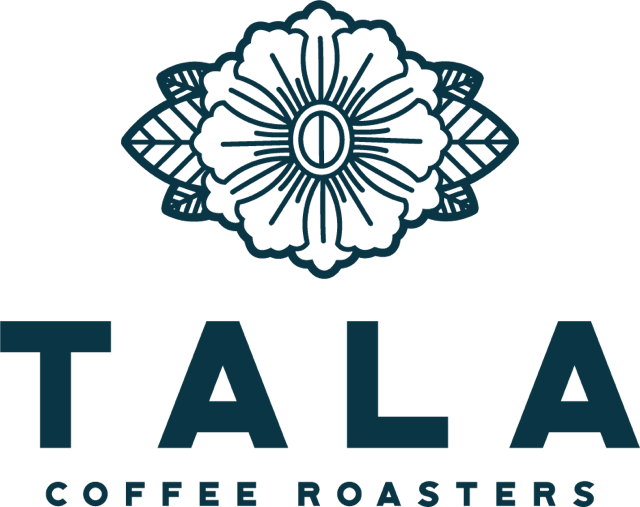Filter Theory
Have you ever heard the term “filter coffee?” We say it in the cafe sometimes, and maybe you’ve heard it elsewhere. Coffee brewing essentially breaks down into two categories: espresso and filter. To understand filter coffee you have to understand basic filter theory. We’re going to go over just a few basic principles to launch you into the world of filter.
The Basics of Filter Theory
Like every form of coffee, filter coffee is made when water extracts flavor from beans. The variations of brew methods are essentially different ways of doing this. There are so many variables that affect this process, but we will focus on just four: dose, yield, grind setting and brew time. All of these variables work together to form a cup of coffee, but they are also intertwined. Each of them can affect the other, so we have to harness the power of them all to make one lovely cup of coffee.
Dose
This is how much dry coffee we use. We always want to measure by weight and not by volume. Dose ties in strongly with our next variable.
Yield
This is how much liquid coffee we end up with. Another way to think about this is water weight. However much water you pour over the coffee is how much weight in liquid coffee will be produced.
Grind setting
Changing your grind setting can dramatically change the taste of the coffee. Think of grind size like a bucket of rocks versus a bucket of sand. Water will move slowing through a bucket of sand, and more quickly through a bucket of rocks. This is important because in order for the extraction of the coffee bean to happen, the water must interact with the ground coffee bean for some amount of time. When the water sits with the coffee too long (like it might in a bucket of sand) the coffee becomes over-extracted. When it does not sit long enough (like it might in a bucket of rocks), it is under-extracted. The sweet spot of extraction can vary based on type of coffee and brew method, but you want to find a middle ground within the coffee.
Brew time
The total brew time will differ based on brew method. Every brew method essentially has what is an acceptable range of time for it to take. The Kalita Wave, for instance, should be around 3:30-3:50.
How they all come together
Like I said, all four variables work together to bring you one good cup-o-joe. So how are each impacting the other?
Dose + Yield.
Dose and yield are essentially input vs. output. All you have to do is choose a ratio and weigh the dose and yield accordingly. For instance: we want 12oz of coffee, and would like to use a 15.5 ratio. 12oz is around 400grams, so we just divide 400 by 15.5 and get 25.8. So we will weight out 25.8 grams of coffee and pour water to 400grams on the scale.
Grind setting + Brew time.
The grind setting is chosen almost entirely based on brew time. To have our brew time match our brew method, we might need to adjust our grind setting to make our total brew time either longer or shorter (remember those buckets?). Keep in mind that if you change your dose and yield this might change brew time as well. Let’s imagine we are making a small mug for ourselves using 20g of coffee. Then some friends walk in and we need to make three more small mugs using 60g of coffee total (20 each). If we don’t adjust our grind size, our brew time is going to lengthen quite a bit. You can think about this as a bucket with a little bit of sand versus a bucket with a lot of sand in it. Water is going to travel much faster through a bucket with a little sand in it. So to remain within our brew time range, we will have to change our grind setting to be courser.
